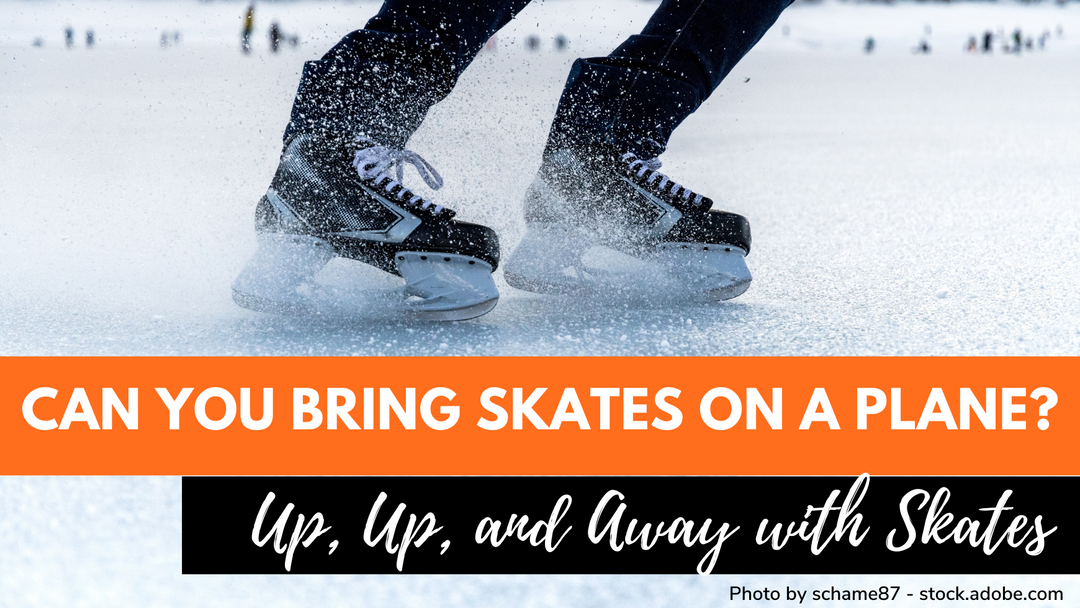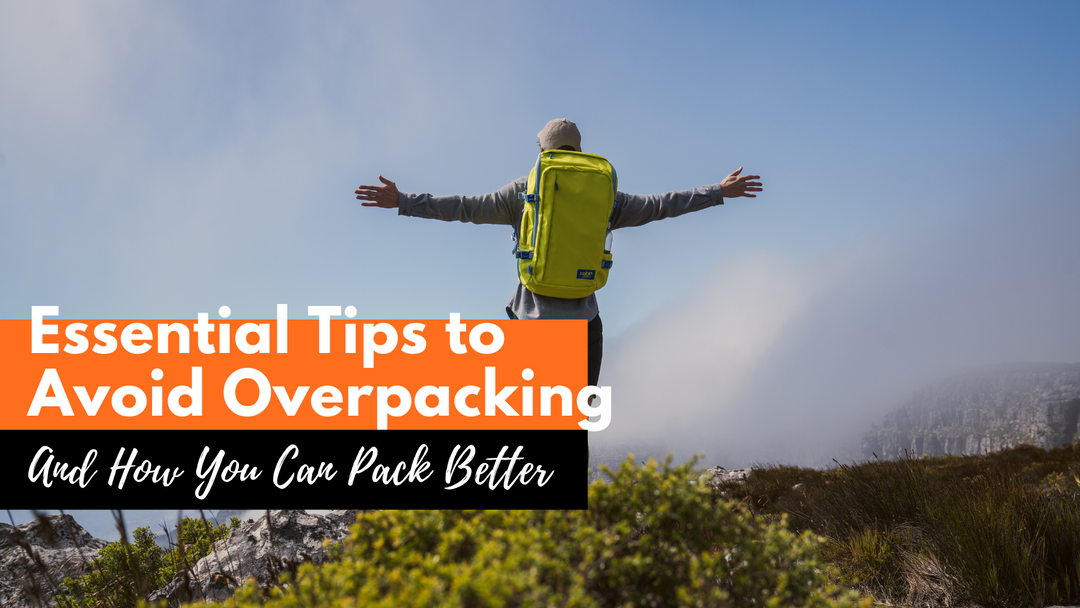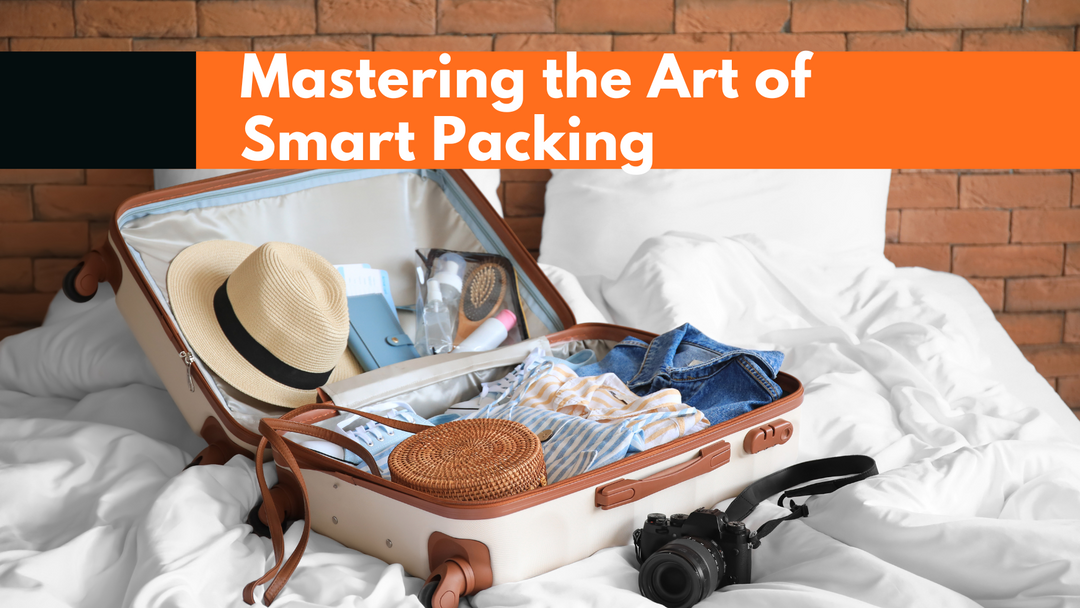CONTENTS
What is not allowed in your carry-on bag per TSA?
The backpack or suitcase holding the items you are to bring on the aeroplane is known as your hand baggage (carry-on bag). They will be stored in the cabin compartment or under the seat in front of you.
Currently, you will have to comply with completely separate regulations on hand luggage and all have to go through the check of staff at the port depending on each airline. The item must be sent to consignment or repackaged if the weight limit is exceeded or if the packaging is inadequate. As a result, you must thoroughly verify everything before leaving; otherwise, your check-in time and other processes may be affected.
What is not allowed on a plane per TSA?
Many visitors now choose travel, business excursions, or exploration trips for their vacations. Therefore, the demand for air travel is increasing, so it is important to be knowledgeable when travelling by plane, especially on cheap flights.
Aeroplanes considerably reduce travel time while also providing exceptional safety. However, because of the unique characteristics of air travel, TSA now requires airline passengers not to carry anything to safeguard the safety of all passengers on the trip. As a result, if you are packing in a carry-on bag for the trip, you should read the following article to learn what not to bring on the aircraft.
Things That Not Allowed To Be Carried On A Plane
- Insecticide spray: Insecticide spray is forbidden to carry, although it is permitted in checked luggage (call the box office) as long as it is not marked as a hazardous substance (HAZMAT).
- Ammunition: To find out if ammunition is permitted in checked baggage, you need to check with your airline first. Tiny weapons ammunition must be safely stored in a container made of fibre, wood, metal, or another material specifically made to hold small quantities of ammunition.
- Axes and Hatchets
- Baseball bats: Sports equipment, such as baseball bats, must be transported in checked baggage and is absolutely banned in the aeroplane cabin.
- Mobility equipment and wheelchairs with batteries: Wheelchairs and mobile gadgets with spillable batteries are permitted, provided the battery is securely fastened to the device, the battery cover protects against damage, the connections are shielded against short circuits, and the battery remains upright while stowed aboard the aircraft.
These gadgets are not allowed to use lithium metal batteries, often known as non-rechargeable lithium batteries. For this kind of mobile device, lithium-ion batteries must be removed and the battery connections must be shielded against short circuits. Only carry-on luggage is permitted to include lithium-ion batteries. For the airline to inform the pilot in charge of the battery's location in the cabin, passengers must inform the airline of the battery's location. Please get in touch with your airline for more instructions. There could be a need for extra check-in times and advance arrangements.
Additionally, wheelchairs and other mobility aids are also permitted past the checkpoint but not inside the aircraft's cabin.
- BB Guns: To find out if they permit weapons in checked luggage, check with your airline and read the regulations about travelling with guns. Keep in mind that gun ownership regulations differ depending on the local, state, and international governments when travelling.
- Bear Bangers
- Bear spray
- Billy Clubs
- Black Jacks (Self-Defence Weapons)
- Blasting Caps
- Bowling Pins: Bats and clubs are examples of sports equipment that cannot be brought on board the aircraft in the cabin and must instead be checked as luggage.
- Bows and Arrows
- Box Cutters: To protect baggage handlers and inspectors from harm, all sharp objects in checked luggage should be sheathed or securely wrapped.
- Brass Knuckles
- Butane
- Canoe/Kayak Paddles
- Cap Guns
- Cast Iron Cookware
- Cattle Prods
- Chlorine for Pools and Spas
- CO2 Cartridge: You are only permitted to bring one blank compressed gas cylinder on board a plane, with the exception of personal medical oxygen cylinders. It must be evident to the TSA officer that the cylinder is empty in order for it to be allowed (in either carry-on or checked luggage).
- Compressed Air Guns
- Cooking spray
- Corkscrews (with blade)
- Cricket Bats
- Crowbars
- Cutting Boards
- Darts
- Drills and Drill Bits
- Dynamite
- Engine-powered Equipment Completely Purged of Fuel: The engine may not contain any fuel at all, not even lingering fumes. Some airlines may not accept engine-powered equipment in a carry-on if it has previously contained fuel, even if it has been totally purged.
- Engine-powered Equipment with Residual Fuel: Chainsaws, generators, trimmers, etc. are examples of engine-powered equipment that cannot be brought on board or checked as luggage. The engine may not contain any fuel at all, not even lingering fumes. Some airlines may not accept engine-powered equipment in luggage if it has previously contained gasoline, even after a thorough purge.
- Engines and Engine-powered Equipment Completely Purged of Fuel: For engines to be permitted in checked baggage, all liquid or gaseous fuel, including residue and fumes, must be totally purged. Some airlines may not accept engine-powered equipment in luggage even after a thorough purge if it has previously contained gasoline.
- Fertiliser
- Fire Extinguishers and Other Compressed Gas Cylinders
- Firearms
- Firecracker
- Fireworks
- Fishing pole
- Flammable Liquid, Gel, or Aerosol Paint
- Flammable Paints
- Flare Guns
- Foam Toy Sword
- Flares
- Golf Clubs
- Gas Torches
- Gasoline
- Gun Lighters
- Hammers
- Hand Grenades
- Heating Pad (Gel)
- Hiking Poles
- Hockey Sticks
- Kirpans
- Knives
- Kubatons
- Lacrosse Sticks
- Vehicle Airbags
- Turpentine and Paint Thinner
- Tent Spikes
- Tactical Pen
- Swords
- Strike-anywhere Matches
- Spray Paint
- Spray Starch
- Snow Cleats
- Slingshots
- Samsung Galaxy Note 7
- Sabres
- Rifles
- Razor-Type Blades
- Realistic Replicas of Explosives
- Realistic Replicas of Firearms
- Realistic Replicas of Incendiaries
- Recreational Oxygen
- Rainbow Flame Crystals
- Propane
- Pool Cues: The FAA restricts the total amount of hazardous contaminants in the permeation devices used to calibrate air quality to 2 ml (0.07 oz.). The combined weight of the item and its packaging cannot exceed 30 kg (66 pounds).
- Party Poppers
- Nunchucks
- Night Sticks
- Medical-Clinical Thermometer (Mercury)
- Meat Cleavers
- Martial Arts Weapons
- Mallets
- Magic 8 Ball
>> Check out: How Much Liquid Can You Bring on a Plane?
Regulations on Food and Drink
As long as the safety requirements are sufficiently complied with, you will typically discover that there are things you are allowed to bring with you. Certain infant supplies, including formula, and baby food is permitted on board and not subject to limitations.
Additionally, foods like frozen meat, seafood, ice cream, and other products are permitted on board. However, if the food is contained in a refrigerator or other container with ice or an ice pack, the ice or ice bags must be totally frozen when transported past the screen (for carry-on baggage).
All remaining items should be placed in your checked baggage, here are a few that are not allowed (unless it’s less than 3.4 ounces (100 millilitres)).
- Alcoholic beverages (check with your airline for allowed quantities; must be in unopened retail packaging)
- Alcoholic beverages over 140 proof
- Bottled water
- Cheese (cream)
- Chocolate (liquid)
- Coffee (liquid)
- Cooking spray
- Cream
- Dot and spread cream
- Meat juice
- Honey
- Hummus
- Jams and jellies
- Fruit juice
- Maple syrup
- Oil and Vinegar
- Peanut butter
- Pet food (wet)
- Wash lettuce
- Salsa and sauce
- Soft drink
- Soup
Regulations on Toiletries
Since most toiletries are liquids, gels, or creams, they must abide by the 3-1-1 regulations (shampoos, perfumes and soaps in solid form can be brought in any quantity)
The list of things to bring on board is provided below.
- Cologne
- Concealer
- Air conditioning
- Deodorant (aerosol/liquid)
- bleach solution)
- Dry shampoo
- Eye primer (liquid)
- Establish
- Hair gel
- Hair straightener
- Hairspray
- Fragrance water
- Cleansing
- Mascara
- Manicure
- Nail polish remover
- Perfume
- Shampoo
- Shaving cream
- Soap (liquid)
- Sunscreen spray
- Toothpaste
Regulations On Camera Equipment and Electric Devices
Most cameras, whether popular or costly, large or little, must be transported in hand luggage rather than checked baggage. Camera tripods, however, travellers are not permitted to bring in hand luggage that must be checked in, except for some ultra-small kinds.
Hair dryers, hair straighteners, rice cookers, blenders, etc. are normally not permitted in hand baggage. If travellers need to bring certain things, they can get assistance from the official air ticket agent at the time they purchase the ticket.
>> May be you also like:
- Global Entry Vs. Tsa Precheck? What Are The Differences? Which Is Better?
- Can You Bring Toothpaste in Your Luggage on a Plane?
- Can You Bring A Razor On A Plane?
FAQs
Can Things That Cause Damage Be Dropped From Planes?
According to baggage regulations, travellers are not permitted to bring dangerous devices, including paper knives, razors, scissors with long blades, pliers, wrenches, batons, or other sharp objects, whether they are in hand luggage or checked baggage.
Hazardous work equipment, sticks, umbrella handles with protruding metal tips, camera tripods, any type of saw or saw blade, sharp-bladed equipment, sports leagues like baseball, golf, pool, etc. are also prohibited.
All airlines in the world forbid these items on board in order to ensure the safest flight and reduce the chance of casualties.
What Kind Of Flammable, Explosive, And Hazardous Materials Are Not Permitted On Board?
Items that might endanger all aircraft or contain exceptionally harmful ingredients are not permitted on board.
Consequently, compounds like corrosives, explosives, radioactive materials, flammable materials, and oxidising agents; items like firearms, mines, military explosives, firecrackers (fireworks, fireworks, pyrotechnics, flares...), fuel, or lighters are not allowed to be brought on board.
Are Batteries Allowed On Board?
These are some of the other things that you cannot bring on board. Except when the batteries are attached to a device, such as computers, phones, smart watches, cameras, and camcorders. Lithium or lithium-ion batteries with capacities ranging from 100 watts to 160 watts are only permitted in hand baggage or a maximum of two pieces per person. Batteries must be packed individually to prevent short circuits.
You should comply with the TSA regulations and avoid packing prohibited items on board to prevent any problems at the airport security. Knowing what you can and cannot take on board is also very important to ensure a smooth airport journey.























Hinterlasse einen Kommentar